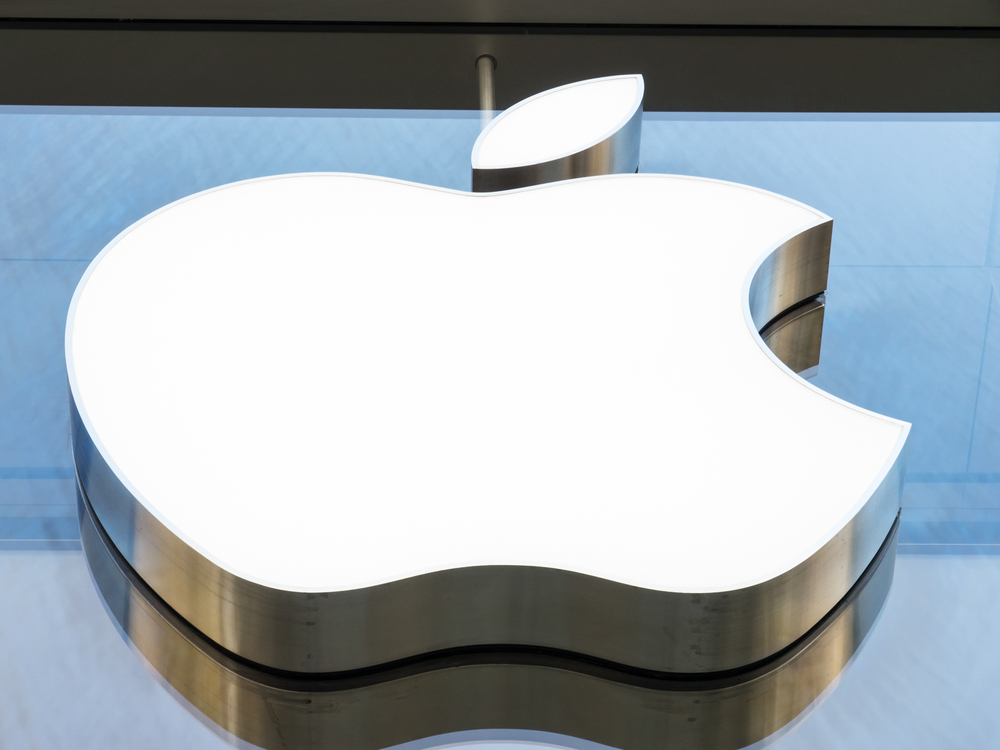Should I Stay or Should I Go? Factors Real Estate Investors, Developers and Planners Should Consider in Anticipating the Future Housing Choices of Older Boomers
“…Should I stay or should I go now?
If I go there will be trouble
An if I stay there will be double…”
The Clash (1982)
Lyrics by Mick Jones & John Mellor
It’s 1982. English punk rock band The Clash,release (on a 7” single cassette tape) – “Should I Stay or Should I Go.” Thebaby boomers are somewhere between 18 and 36 years old – young and movingsomewhere between adolescence and childrearing.
Fast forward to 2010. The baby boomers are nowbetween 46 and 64 years old. Instead of cassette tapes, they are moving todownloads of Internet music files and trying to decide to stay in their homesand ‘age-in-place’ or follow some of the previous generation who moved tobeaches and golf courses.
Florida and other sun belt regions have longbeen an attractive destination for retirees who were drawn to warm weather,year-round golf and low property taxes. While never more than 10 percent ofretirees, the number of people over 50 years old willing to move from northernclimates powered the growth of regions and states including – Florida, Arizona,Las Vegas and surrounding Clark County, Nevada.
Future Housing Choices for Older Boomers: Projecting the Past?
In addition to regional population growth anddevelopment, the last generation of retirees fueled the growth of companiessuch as Pulte Homes‘s Del Webb (NYSE: PHM). The coming demographic wave of50-something boomers has produced alluring forecasts for REITs and others,claiming these destinations and developments are set for explosive growth andreturn-on-investment.
Now that the oldest of the baby boomers areretiring, it’s becoming clear that their preferences are not necessarilyaligning with those of their parents and that forecasts that the future will belike the past, just with more older consumers, may need adjusting. Consider thefollowing:
126 of 440 retirement counties in Arizona, California, Florida, and New Mexico lost population over the last two years.
33 out of Florida’s 43 retirement counties grew at a slower rate than prior years while seven counties lost population.
Baby boomer homeowners are planning and investing to ‘stay-in-place.’ According to a poll by the National Association of Home Builders, 75% of remodelers have received requests for “aging-in-place” projects, and 60% of remodelers polled had already completed such projects. The demand for renovations accommodating the needs of older consumers is growing rapidly and most of the clients involved are preparing for future needs rather than the immediate.
Should I Stay?
Free Cash – there are certainly financialreasons for a change in heart. (see 2009 AARP study effect of economy on housing choices) Thosewho took a hit to their portfolios and pensions are less likely to make bigmoves, especially as property taxes in the Sunbelt rise steadily. Cashdetermines housing choices, but it is even more important in ensuring alifestyle to match a new home.
Home Equity – Most retirement and moving plansdepend on a healthy chunk of home equity. Retirees rely heavily on equity totrade in for the eternal summer home, but now they’re going to have to wait forthe market to bounce back. With the housing bust, fewer baby boomers have theequity to cash out and to carry to their dream destination. Moreover, thebounce may be slower and lower than hoped. There are numerically fewer kidsfollowing in the boomer’s near-term retirement wake. The demographic dip behind the youngest boomers leaves fewer consumers,let alone buyers with money, to purchase property in suburban or urban areas.
Work – the number one strategy to managediminished savings and retirement portfolios is to continue work. Pushing offretirement or even working part-time is most likely tied to their currentemployer – where boomers live today, not where they want to retire tomorrow.
Age Ready Community– AARP research suggests that baby boomers overwhelmingly would prefer to age-in-place. For those planning ahead, the question will be ‘can my home, community and social network support my independence, connectivity and overall well-being?
Should I Go?
If baby boomers were unrestrained in where orwhat they could call home would they choose communities that look like visionsof retirement past? There’s reason to believe that this time the 50+ may valueactivity and access over retirement and recreation alone.
Activity – ‘active aging’ is apromise that many communities make. However, these are typically ‘plannedactivities’ – beachcombing, golf, etc. Quality living, at any age, might bebest described as a rich range and availability of activities to participate inor not. Window-shopping on the way toa café. Volunteering at a childcare center. Having the option to visit amuseum, even if not familiar with art. These activities are rarely builtsuccessfully by design or planned, but emerge as part of thetextured-authenticity of the community.
Lifelong Learning – The baby boomers arethe first generation (in large numbers) that has felt compelled to continuetheir education throughout their lives, whether that entails ‘Googling’ how touse the latest gadgetry, taking computer classes, or returning to school toforge a new career path. Baby boomers have had to adapt to a rapidly changingenvironment, and this drive to keep up with the times will not end atretirement. Many older boomers are choosing college towns over beach towns sothey can continue to be a part of the culture and the cutting edge. Note thegrowth in university-based towns such as cold and cloudy Ann Arbor, Michigan ormore temperate Chapel Hill, North Carolina.
Access to Quality Healthcare – While theboomers may feel youthful, they have the aches, pains and chronic conditionsthat often come with age. Communities that can boast of access to qualityhealthcare and wellness services provided by ‘branded’ hospitals and serviceproviders have a distinct strategic advantage over regions that do not.
Access to Services – Availability ofservices to live independently will be demanded wherever the baby boomerschoose to age. This includes meeting home maintenance and modification needs aswell as services not often anticipated. For example, transportation if drivingis no longer an option, pet care for bad weather days or tired owners, as wellas food delivery services, social services, to yoga classes, etc.
Insights & Innovations
Communities and regional planners in traditional retirementdestinations must be more aggressive in their strategy to attract the nextgeneration retiree. Sun and sea alone will not provide regional competitiveadvantage in light of financial limitations and evolving lifestyle demands.
Likewise, local governments, planners, NGOs and businesses ingraying regions may find that they have an opportunity to maintain theirpopulations as well as tax base if they are creative in the development ofpublic-private partnerships that provide new services and improve access toexisting services. Creative examples of these innovations include Beacon Hill Village, Independent Transportation Network, and business models yet to bedeveloped between retailers, pharmaceutical firms, consumer electronics, telecommunicationsproviders, utilities, banks, etc.
The MIT AgeLab is conducting research to identify and understand the factors affecting baby boomer future housing choices and working with industry to envision next generation aging-in-place services. The New England University Transportation Center, in collaboration with the AgeLab, is sponsoring research on transportation innovations to support aging-in-place.
Angelina T. Gennis, Communications Coordinator, MIT AgeLab, contributed to this article.







